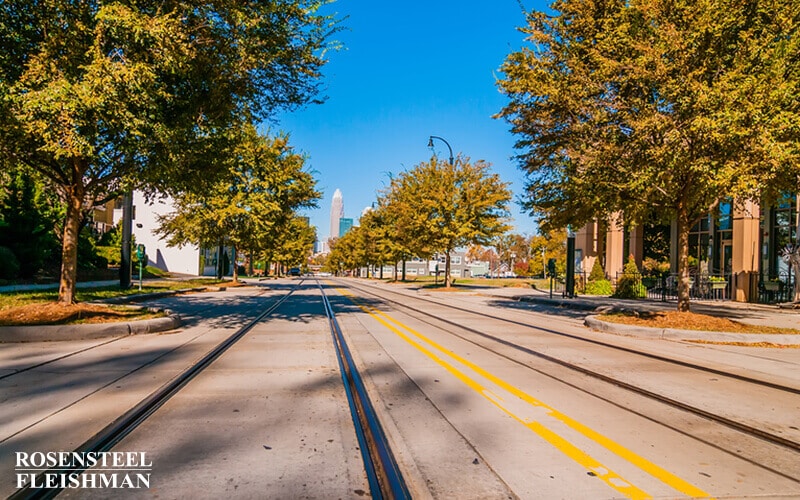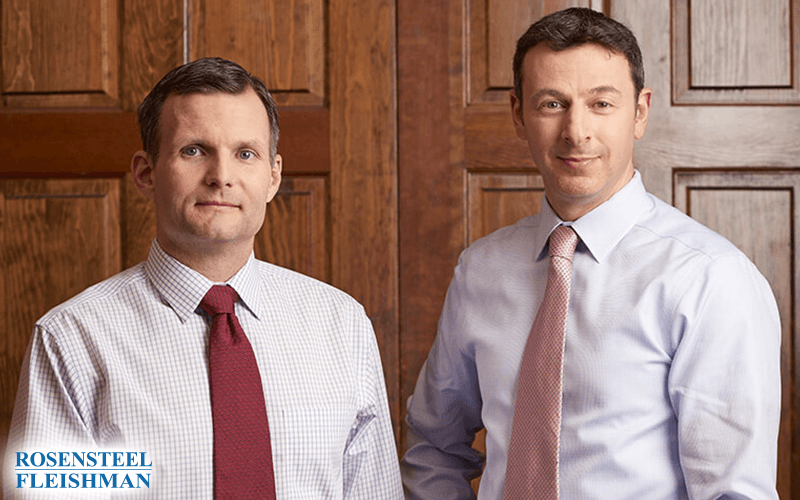Being involved in a car accident can shake up your entire day, if not your entire month. Whether it’s a minor fender bender or something more serious, dealing with the aftermath often feels like stepping into a world full of confusion. One minute you're heading to work, the next you're standing beside a damaged car, […]

Injured Pedestrian Students Recovering in Charlotte
The Charlotte Observer reports that two 16-year-old high school students, who were hit by cars on Beatties Ford Road during the first week of school, are recovering. In separate incidents, each student was crossing the street outside of a marked crosswalk when the student was hit by a car. In the first accident, the driver’s view of the student was blocked by a truck. According to the article, in neither case were charges filed against the driver, but is it possible for a driver to be liable for civil damages in this type of situation?
Motorists have a duty to look out for others on the roadway while driving, but pedestrians also have duties when they are crossing the street. G.S. 20-174(c) states that “[b]etween adjacent intersections at which traffic-control signals are in operation pedestrians shall not cross at any place except in a marked crosswalk.” G.S. 20-174(a) states that “[e]very pedestrian crossing a roadway at any point other than within a marked crosswalk or within an unmarked crosswalk at an intersection shall yield the right-of-way to all vehicles upon the roadway.” These sections provide a statutory duty for pedestrians to cross the road in crosswalks, and if there are no crosswalks, then to yield the right-of-way to vehicles on the road.
However, G.S. 20-174(e) provides that
Notwithstanding the provisions of this section, every driver of a vehicle shall exercise due care to avoid colliding with any pedestrian upon any roadway, and shall give warning by sounding the horn when necessary, and shall exercise proper precaution upon observing any child or any confused or incapacitated person upon a roadway.
Therefore, even if a pedestrian breaches his duty to cross within a crosswalk or yield the right-of-way to a vehicle, a driver still has to “exercise due care to avoid colliding with” that pedestrian.
Failure to yield to a vehicle while crossing the street outside of a crosswalk can be contributory negligence on the the part of the pedestrian, which could bar the pedestrian’s recovery of damages. In the cases reported by The Charlotte Observer, the children were 16-years-old, but what if the incidents involved younger children? Depending on the age of the child, he might be incapable of contributory negligence because “[t]he age of a child is of significance primarily as a mark or sign of his mental capacity to understand and appreciate the perils that may threaten his safe being.” (Watson v. Green, NC SCt 1958) The North Carolina Supreme Court stated in Watson that
a prima facie presumption exists that an infant between ages of 7 and 14 is incapable of contributory negligence but [this] presumption may be overcome… [A]s a matter of law a child under 7 years of age is incapable of contributory negligence, not especially because of analogy to the criminal law that a child under that age is not capable of committing a crime, though this reason is frequently given, but because a child under 7 years of age lacks the discretion, judgment and mental capacity to discern and appreciate circumstances of danger that threaten its safety.
In addition to the contributory negligence analysis, a driver has a special duty if he observes a child upon the roadway and must exercise “proper precaution” and “give warning by sounding the horn” pursuant to North Carolina statute G.S. 20-174(e). The North Carolina Supreme Court has stated that
It has been frequently declared by this Court to be the duty of one driving a motor vehicle on a public street who sees, or by the exercise of due care should see. a child on the travelled portion of the street or apparently intending to cross to use proper care with respect to speed and control of his vehicle, the maintenance of vigilant lookout and the giving of timely warning, to avoid injury, recognizing the likelihood of the child's running across the street in obedience to childish impulses and without circumspection.
Sparks v. Willis (NC SCt 1947)
Therefore, a driver must not only keep a vigilant lookout to see children near a roadway, but if a driver does see a child near a roadway, the driver cannot ignore the possibility that the child will run into the street. The fact scenarios of the North Carolina cases that deal with this special duty typically involve eight- or nine-year-old children.
But the driver must actually see the child for this special duty to apply. The North Carolina Supreme Court in Dixon v. Lilly (1962) enunciated the “sudden appearance doctrine” and stated that
Drivers or owners of motor vehicles are not insurers against all accidents wherein children are injured. Accordingly, a driver proceeding along a street or highway in a lawful manner using ordinary and reasonable caution for the safety of others, including children, will not be held liable for striking a child whose presence in the street could not reasonably be foreseen. He is not required to anticipate the appearance of children in his pathway, under ordinary circumstances, from behind parked automobiles or other obstructions.
Thus, when a motor vehicle is proceeding upon a street at a lawful speed, and is obeying all the requirements of the law of the road and all the regulations for the operation of such machine, the driver is not generally liable for injuries received by a child who darts in front of the machine so suddenly that its driver cannot stop or otherwise avoid injuring him.
If you have been injured in a car accident, call an attorney at Rosensteel Fleishman Car Accident & Injury Lawyers (704) 714-1450, to discuss your options.
Additional Car Accident Articles
Getting rear-ended in traffic or jolted during a sudden stop is more than just a frustrating inconvenience. For many Charlotte drivers, what follows isn’t always visible. Whiplash is one of the most common injuries that people experience after a car accident, and yet it’s often misunderstood or overlooked. The pain might start off mild or […]
After a serious car accident, it's normal to feel overwhelmed. Between dealing with injuries, lost time from work, and the endless calls from insurance companies, most people aren’t sure what their next step should be. The physical pain is hard enough, but the uncertainty of what comes next only adds to the stress. You’re likely […]
If you’ve recently been in a car accident in Charlotte, there’s a good chance you’re feeling overwhelmed. The immediate chaos—calls to insurance companies, medical visits, missed work—can quickly snowball into long-term stress. On top of everything else, you might be wondering whether you should talk to a lawyer, especially if you’re not even sure how […]
